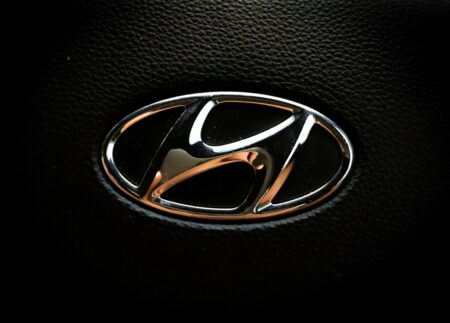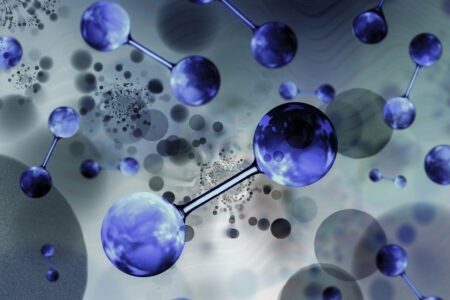Normally, electricity flows through cables and gas through pipelines. But a research team from Karlsruhe is working on combining the two.
The vision: a pipeline that transports liquid hydrogen and electricity. Novel superconductors make it possible.
Electricity flows through wires, gas flows through pipelines. That’s how it has been so far, but it doesn’t have to stay that way. At least that’s the opinion of the team led by Tabea Arndt, a physics professor at the Karlsruhe Institute of Technology. However, the substance she wants to transport is not natural gas, but green hydrogen, produced with the help of renewable energies. “We have to become CO2-free, of course,” Arndt emphasizes. “And hydrogen is the only way to actually go completely without the carbon atom.”
In her concept, hydrogen is not pumped through the pipeline as a gas, but as a liquid. To liquefy it, the hydrogen must be cooled to minus 253 degrees Celsius. “And because the liquid hydrogen with its cold is a wonderful environmental condition for the high-temperature superconductors, it makes sense to integrate electrical energy transport there with the high-temperature superconductors,” Tabea Arndt describes.
Leaner approval, less space required, higher efficiency
The calculation: The cold superconductors conduct electricity completely without resistance, so unlike ordinary cables, there are no conduction losses. If the two were combined, instead of a pipeline for the hydrogen and a cable route for the electricity, there would be just one system – a tube carrying hydrogen and electricity at the same time. That could have several advantages, such as for permitting a route, which often takes a long time. “You simplify it, otherwise you would have duplicate permitting processes,” the physicist explains. “You have a wider path width for both. And, of course, the efficiency of both systems is greatly increased.”
But what exactly should such a superconducting pipeline cable look like? To find out, the Karlsruhe team is building a small test pipeline in its lab. “It will have a maximum diameter of 10 to 20 centimeters, over a length of up to 20 meters,” explains Tabea Arndt. “Inside, a small pipe through which the liquid hydrogen will flow. Then on the outside, lined with the high-temperature superconductors, and on the very outside, an insulating tube so that it’s really just ambient temperature on the outside.”
Also interesting for heavy trucks
Tabea Arndt and her team also want to test other concepts – for example, one in which the superconductor sits as a thin cable in the middle of the pipeline and is flushed directly by the hydrogen. Results should be available in three years, after which the experts are planning a larger pilot pipeline, perhaps already together with industry. But the KIT physicist is already thinking ahead: according to her, the combination of high-temperature superconductors and cold hydrogen is also suitable for another cause: “We have a large CO2 emission, especially in heavy-duty traffic, and a big lever to do something there,” she says. “So it really makes sense to rely on such a concept and develop that.”
So far, the strategy is to equip heavy-duty trucks that travel long distances with fuel cells and electric motors, and to power them with hydrogen stored in gas tanks. Tabea Arndt wants to take a tank for liquid hydrogen – it is to drive a superconducting electric motor via the fuel cell. The trick is that the hydrogen will not only feed the motor, but also cool it. The advantage: “If you switch to liquid hydrogen and a high-temperature superconducting motor, you have efficiency gains on the truck alone of five percentage points,” Arndt says. “And that, of course, is a significant efficiency gain over the long haul.”
However, there are also skeptical voices when it comes to liquefying hydrogen – after all, that costs quite a bit of energy. And so it will take a sharp pen to decide which is more worthwhile – the combination of liquid hydrogen and superconductors or the more conventional solutions with hydrogen gas and conventional power cables and electric motors.








